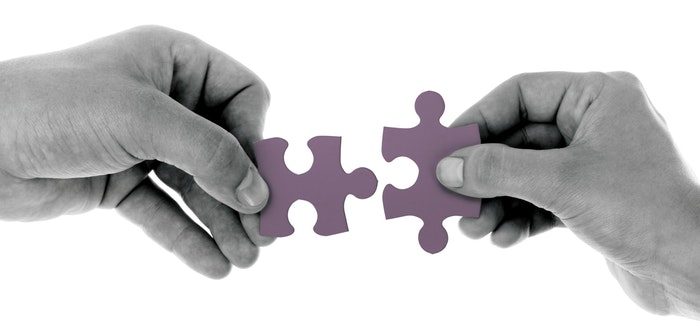The brain’s most impressive abilities are on display in childhood. During this incredible phase of development, the mind produces over a million neural connections a second. Every connection is like a highway that will serve their thinking powers and talents for as long as they live. Form language pathways at three, and you’ll pick up French more easily at 23. Form connections related to hand-eye coordination at four and your baseball skills will be better at 24. Your children’s brains need to develop connections related to:
- The world around them
- Hand-eye coordination
- Fine motor skills
- Problem solving
- Shape recognition
- Memory
- Goal-setting
The brain’s most fundamental architecture is constructed at birth, but it will continue to create billions of connections for the rest of your life. At a young age, these neural pathways are built during play. This makes your choice of games and puzzles critical to your children’s schooling and career. www.stavepuzzles.com amplify the power of learning through personalization. Give your children toys that make them feel treasured and special, and you’ll help them immerse themselves in productive play more than has ever been possible before.
Cognitive Development
Puzzles engage the growing brain on a range of different levels. They teach young children hand-eye coordination, shape recognition, and fine motor skills. Most importantly, they give kids new cognitive skills including information processing abilities, memory, imagination, and logic. Cognitive learning begins at the age of two when toddlers gain attention skills. After five, they move on to learn how to contribute to their goals and solve problems. All of these skills eventually determine IQ, which makes this the foundation of their entire professional lives.
How Numbers Work
In 2014, Stanford University researchers used an MRI to assess how children learn math skills. Remembering sums was effective, but children must do more than merely retrieve memories. They must learn how to solve problems rather than regurgitate answers by rote. Stanford scientists believe that cognitive skills are learned in precisely the same way: by solving problems actively. In other words, experience is the finest teacher, and parents must provide them with opportunities to practice. Toys and puzzles must be challenging enough to engage more than just the memory centers.
Memory
Memory skills are, of course, still crucial, but the brain evolves this ability through repetition. Puzzle building requires children to remember the size, color, and shape of pieces as well as the details of the finished product. Dendrite connections are fragile and will vanish only 20 minutes after learning something new. Practice really does make perfect. Kids who solve the same problem twice in one day remember 50% more than those who only do so once. The trick to building skill lies in training them to use one solved problem to figure out the solution of another—to use math skills to solve their puzzles and word skills to solve their social problems, for example. This is known as “transfer play”, and it depends on how well they’ve understood their initial lesson. Teaching older kids about light refraction by having them throw darts under water won’t be as effective as giving them an explanation along with the underwater task. In other words, parental involvement in play is irreplaceable. Being with your children while they solve problems gives you the opportunity to make every lesson transferable to new types of problem-solving.
The Importance of Time
Learning complex skills takes time. Repeating similar puzzles teaches children to recognize patterns, an ability that builds fluency. Fluency requires both understanding and transferability. Puzzles achieve this by requiring children to figure out the difference between solvable and unsolvable problems.
Motivation to Learn
The biggest challenge to learning is lack of motivation. Competence is only developed if it comes with rewards. Children are no different than adults here. They’re motivated by fun, so teaching is best done through toys and puzzles that enchant, engage, and delight. Eugene Lonesco said, “Childhood is over the moment things are no longer astonishing.” Youth is supposed to come with an excellent dose of magic, and the more enchantment you can pack into playtime, the better your children will grow and evolve.





Hello! I just want to share this with moms (and dads, too!) who want their kids to explore these creative learning tools! This kids toy company is giving away a year subscription to Kiwi Crate! Sign up here: http://win.theanimoodles.com/kiwi-a